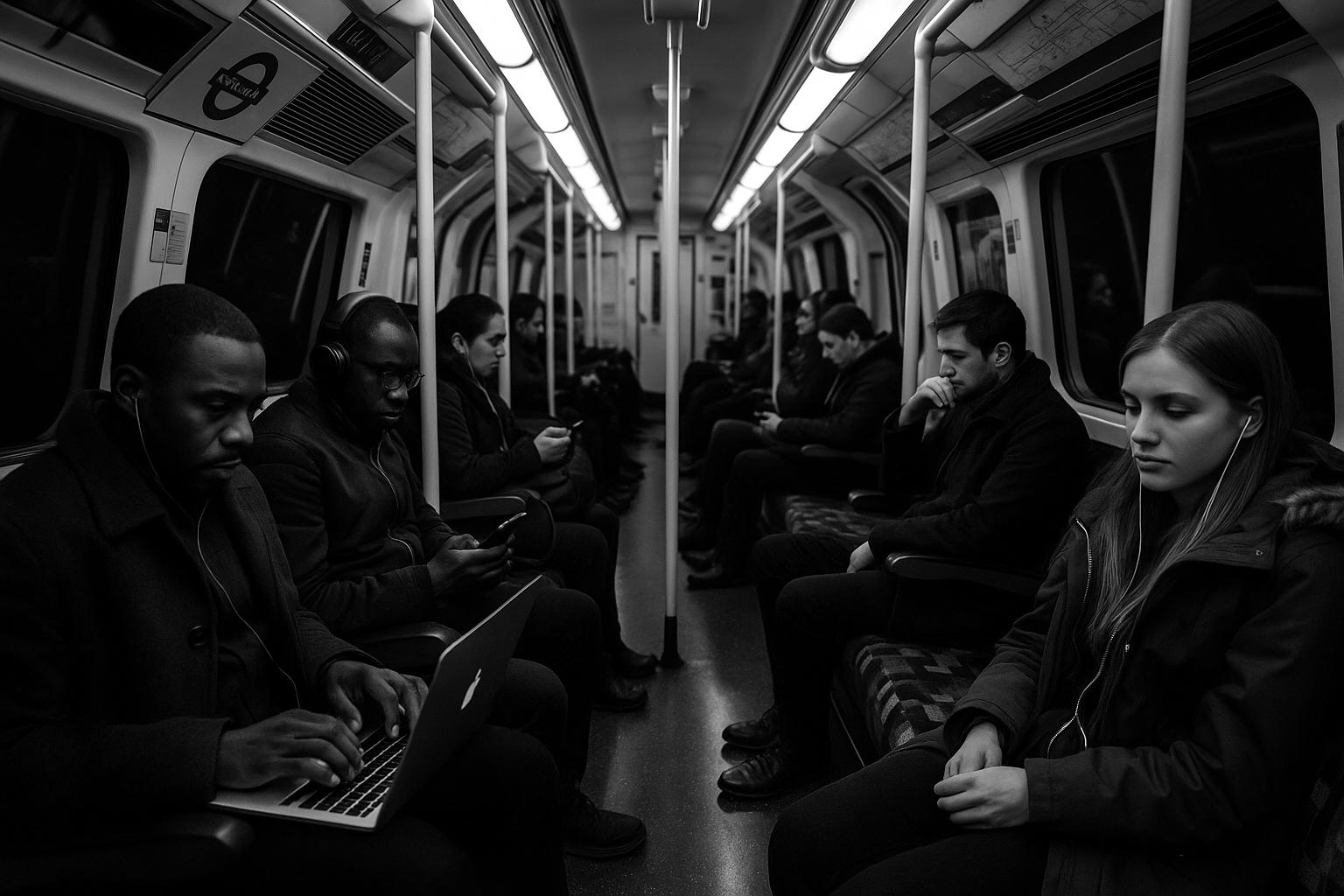For Londoners accustomed to the hum of the Night Tube, the late hours offer more than just a ride home—they reveal an ever-evolving urban rhythm where work, creativity, and leisure intersect beneath the city streets. Since the Night Tube’s launch in 2016, London has truly cemented its status as a 24-hour city, with five tube lines running through the night on weekends, complemented by the Overground’s extended hours. This network reshapes social and working lives, acting as an essential lifeline for night-shift workers such as healthcare professionals, hospitality staff, and bakers, while also sustaining the nights of students, performers, and nightlife enthusiasts. The service’s high-speed mobile connectivity even encourages digital pastimes like online poker, illustrating the blend of traditional and modern urban cultures in these nocturnal journeys.
The Night Tube has had a profound economic and social impact on London. According to official figures, it has supported thousands of jobs—over 3,600 in its first year alone—and added hundreds of millions to the city’s economy annually. Initial projections in 2016 anticipated a £77 million boost, but by 2017 the contribution was revised upwards to £171 million, with expectations that the Night Tube would continue to inject over £130 million annually into London’s economy for decades to come. These funds underpin a thriving night-time economy that includes clubs, bars, live music venues, restaurants, and street food markets, all benefiting from the confidence that patrons can return home safely and conveniently. Moreover, extended transport hours have enabled businesses like coffee shops and bakeries to stay open longer or operate round-the-clock, while delivery drivers and gig-economy workers gain more flexible opportunities to earn.
Safety remains a priority amid the city’s nocturnal bustle. Transport for London (TfL) has bolstered security on the Night Tube with increased staffing, widespread CCTV, and visible police presence. While most passengers report feeling secure, TfL partners with charities and outreach programmes to support vulnerable travellers, fostering a sense of community in what might otherwise be anonymous night journeys. Despite challenges such as staff shortages, strikes, and disruptions caused by the pandemic, demand for night services continues to climb, applying pressure on TfL to expand service hours and coverage in line with London’s dynamic, restless nature.
The cultural implications of London’s 24-hour life are equally significant. The Night Tube underpins a vibrant late-night scene, enabling events, pop-up markets, and all-night cafés to thrive, while supporting those working unconventional hours. Creatives—from musicians and artists to entrepreneurs—find inspiration and space in the quieter night environment. Late-night travellers often blend in digital entertainment, from catching up on news to playing poker using bonus codes to enhance their experience on the move. This emerging nightlife culture redefines the capital’s social landscape, making it not just a city that never sleeps but one that embraces diverse lifestyles across all hours.
For those embarking on a late-night Tube trip, practical advice includes planning ahead around updates, staying alert, and enjoying the unique atmosphere that London’s after-dark world offers. Whether returning from a gig, starting a shift, or simply enjoying a few hands of poker while the city glides by, the Night Tube carries stories and communities that together make London’s 24-hour identity possible. As the city continues to evolve, the Night Tube remains a symbol of resilience, connectivity, and the perpetual motion of life in one of the world’s greatest metropolises.
📌 Reference Map:
- Paragraph 1 – [1]
- Paragraph 2 – [1], [2], [3], [4], [6], [7]
- Paragraph 3 – [1]
- Paragraph 4 – [1]
- Paragraph 5 – [1]
Source: Noah Wire Services
